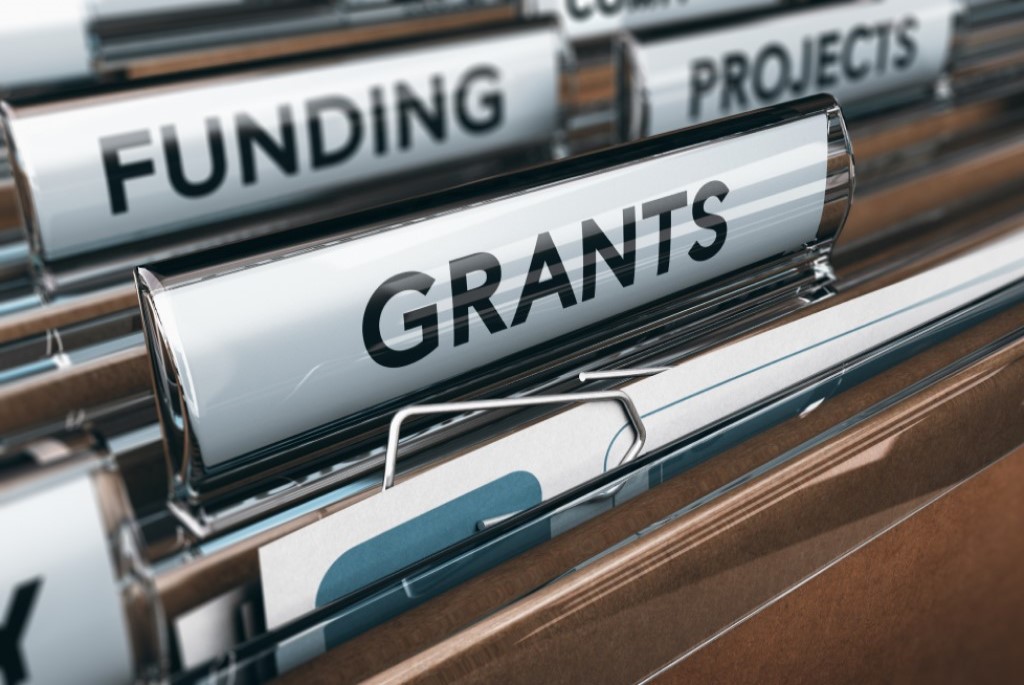Effective May 21, 2023, P&N has joined EisnerAmper. Read the full announcement here.

In November 2021, President Biden signed the Infrastructure Investment and Jobs Act into law, officially enacting landmark legislation aimed at rebuilding and restoring failing and dilapidated infrastructure ranging from poor roadways and abandoned buildings to communication and connectivity gaps that currently plague communities across America. While the federal government prepares for the challenge of disbursing over a trillion dollars, governors and other state officials will ultimately decide the mechanisms with which each of their respective states will manage the flow of funding to their regions, communities, and local municipalities. The law does not specify every infrastructure challenge in the United States, instead highlighting examples of qualifying conceptual projects, such as the creation of an Amtrak passenger route connecting Baton Rouge to New Orleans.
Related Article: Get Ready for $1.2 Trillion in Federal Funding from the New Infrastructure Bill
How will funds be allocated according to the law?
Of the $1.2 trillion of federal funding, most will be formula-allocated. However, about $80 billion will be awarded to states through competitive grants, with the process outlining that states and localities bid against each other for additional infrastructure dollars. The law includes $110 billion for roads and bridges, $66 billion for Amtrak improvements and expansion, $65 billion for broadband internet expansion, $73 billion to rebuild the nation's electric grid infrastructure, $55 billion to upgrade water systems, and billions more for airports, seaports, public transit, and electric vehicle charging stations.
Which states will get the most money from the infrastructure bill?
It's estimated that California, Texas, and New York will receive the most (in total dollars) of the $1.2 trillion infrastructure package. Less-populated states like Wyoming, South Dakota, and Maine will get the most funding per capita.
Total estimated infrastructure bill allocations:

Estimated infrastructure bill allocations per resident:

How are states and local governments preparing for these funds?
The federal government has not yet announced specific details of the rollout, but many state, local, and regional leaders and elected officials are considering ways to prepare for their allocation of the $1.2 trillion in federal funds that will be calculated through a formula, or of the $80 billion through competitive grants. Strategies include ramping up civil, design, and technology discussions with community constituents and think tank organizations, and establishing infrastructure task forces. Ultimately, it will be up to the individual states and municipalities to determine their range of projects, priorities, and areas of investment.
Localities alone typically operate and manage over 40% of public roads and 38% of bridges in the U.S. Thus, these entities have more ownership and operation of public works than the federal government. Annually, counties and parishes spend over $100 billion in the construction and management of infrastructure and public works projects. This undertaking will likely expand ten-fold with new federal investment into America’s communities.
Local governments should prepare for the influx of federal funds to be spent in their communities. Some key ways to prepare include:
- Prioritizing local infrastructure needs based on various sources of federal funding available;
- Improving your internal administrative processes and leveraging software or consultants to help improve efficiency and compliance; and
- Confirming or implementing proper accounting controls and documentation.
What are some notable provisions for states and localities?
Transportation
- Establishes a new, long-term surface transportation reauthorization (five years).
- Raises the off-system bridge set-aside by 5%, resulting in a $330 million increase to $1.035 billion annually.
- Significantly increases the number of competitive grant opportunities via supplemental appropriations to the U.S. Department of Transportation.
- Establishes a new competitive grant program for local governments to address and eliminate at-grade rail crossings.
- Significantly expands Buy America requirements for covered infrastructure materials.
Climate and resiliency
- Authorizes $14.65 billion for the Environmental Protection Agency's Drinking Water State Revolving Fund and the Clean Water State Revolving Fund over five years.
- Provides $1 billion for the FEMA Building Resilient Infrastructure and Communities (BRIC) program.
- Fully funds the Safeguarding Tomorrow through Ongoing Risk Mitigation (STORM) Act, which will allow state and local governments to utilize low-interest loans for pre-disaster mitigation activities.
- Creates a $40 billion Bridge Investment Program. Off-system bridges will be eligible for these funds to repair, replace, and rehabilitate the nation's bridges.
Permit streamlining
- Codifies elements of One Federal Decision, part of a 2017 presidential executive order, that will require one federal agency to be responsible for issuing a decision resulting from a National Environmental Policy Act (NEPA) review, among other reforms, such as limiting the allowable number of pages for a decision.
- Increases project cost thresholds for categorical exclusions, thereby making more projects eligible for streamlining.
Cybersecurity and broadband
- Establishes a new State and Local Cybersecurity Grant Program to assist states and localities with addressing cybersecurity threats.
- Incorporates the 2021 Cyber Response and Recovery Act, which funds vulnerability assessments and incident mitigation.
- Provides $65 billion to improve internet services for tribal communities and economically-distressed areas.
Related Article: Infrastructure Bill Brings Opportunities for Cybersecurity & Broadband Growth
Additional information and support:
While this article highlights one facet of the new law, there are many other aspects of the Infrastructure Investment and Jobs Act that we will detail in future articles. P&N understands the federal grants management process and has collaborated with many states, counties, parishes, and local governments to navigate complex compliance requirements. Our experienced team can help you design efficient processes while maintaining a focus on the appropriate, transparent, and efficient distribution of funds. Contact us to discuss how we can help.



